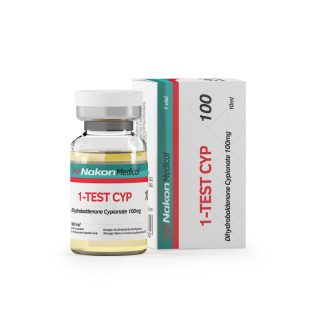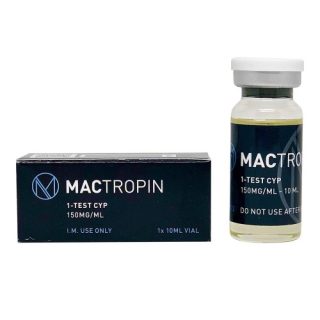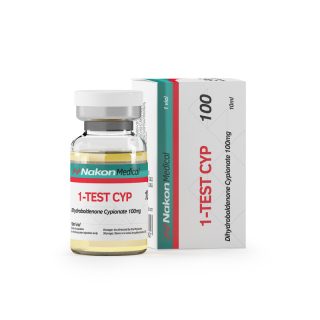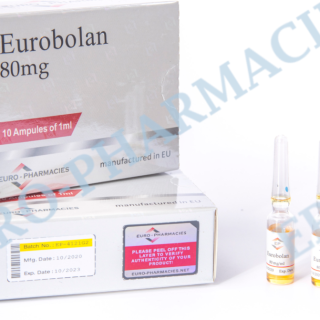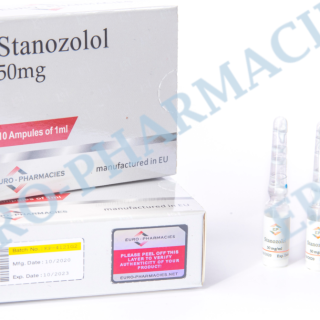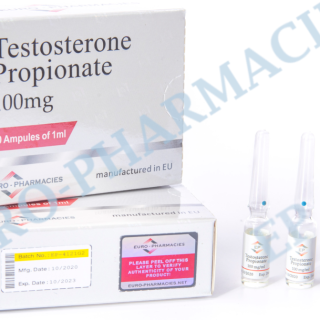Clomid Usage in Sports: Dosage and Guidelines
Introduction
In the realm of sports, performance enhancement and recovery are key factors for athletes aiming to reach their peak potential. Clomid, a well-known medication primarily used in fertility treatments, has also found its way into the sports world due to its potential benefits. In this article, we will explore how Clomid is used in sports, the appropriate dosage, and important guidelines athletes should consider.
Understanding Clomid and Its Mechanism
Clomid, generically known as clomiphene citrate, is a selective estrogen receptor modulator (SERM). Originally developed for the treatment of infertility in women, Clomid works by promoting the release of follicle-stimulating hormone (FSH) and luteinizing hormone (LH), which in turn stimulate the ovaries to produce eggs.
Clomid’s Role in Sports
Athletes have been intrigued by Clomid’s potential to stimulate the body’s natural testosterone production. Elevated testosterone levels can lead to increased muscle mass, strength, and overall athletic performance. While Clomid is not a performance-enhancing drug in the traditional sense, some athletes believe it could provide an edge in their training regimens.
Dosage and Guidelines
When considering the use of Clomid in sports, athletes should exercise caution and adhere to appropriate dosage recommendations. It’s important to note that using any medication off-label should only be done under the supervision of a medical professional.
Typical Dosage
For male athletes interested in using Clomid, a common starting dosage is around 25 to 50 milligrams (mg) per day. This dosage is typically taken for a duration of 2 to 4 weeks. However, individual responses can vary, and some athletes may require adjustments to their dosage.
Cycle Length
Clomid usage should be cycled to prevent desensitization of the body’s hormonal feedback mechanisms. A common cycle involves taking Clomid for several weeks, followed by a period of rest. Consulting with a healthcare provider can help determine the most suitable cycle length for individual needs.
Monitoring and Side Effects
Regular monitoring is crucial when using Clomid in sports. Athletes should undergo regular blood tests to assess hormone levels and overall health. It’s important to be aware that Clomid may lead to side effects such as mood swings, hot flashes, and visual disturbances. If any adverse effects occur, athletes should discontinue use and consult a medical professional.
Conclusion
In conclusion, Clomid’s potential benefits in sports revolve around its ability to boost natural testosterone production. Athletes intrigued by its effects should approach its usage with caution and only under the guidance of a qualified healthcare provider. Understanding the appropriate dosage, cycling protocols, and potential risks is essential for athletes seeking to incorporate Clomid into their training regimen.
FAQs
Can Clomid enhance athletic performance directly?
Clomid is not a direct performance-enhancing drug, but its ability to increase testosterone levels might indirectly contribute to improved athletic performance.
Can women athletes use Clomid for similar effects?
While Clomid is used off-label by some female athletes, its effects and risks can differ for women. Consultation with a healthcare provider is crucial.
Is post-cycle therapy necessary after using Clomid?
Yes, post-cycle therapy is recommended to help restore natural hormonal balance after using Clomid.
Can Clomid usage lead to permanent hormonal changes?
With responsible usage, the risk of permanent hormonal changes is lower. However, prolonged or high-dose usage could potentially impact hormonal regulation.
Are there natural alternatives to Clomid for testosterone enhancement? Yes, lifestyle changes such as proper diet, exercise, and sleep, along with some supplements, can naturally support testosterone levels.
Showing 1–16 of 4169 results

